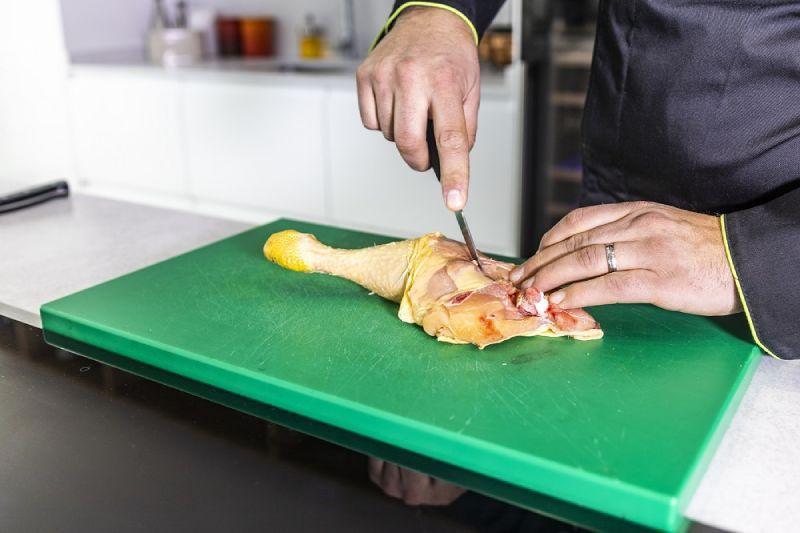How does the mechanical separation process work?
In order for quality raw materials to be converted into MSM meat, they must first be properly prepared on the production line and undergo a complex separation process. Due to its nature, mechanically separated meat requires special knowledge and attention – the relevant standards must be observed. When these are observed, the complex process results in high quality separated meat. How does it work?
METHODS OF SEPARATION OF MEAT
Meat can be separated by different methods; for example, chemical method, hydrolysis and enzyme interaction are used. There is also a mechanical method, which includes scraping, abrading and pressing. The method of pressing the mass through cylindrically shaped sieves is the most popular. Such sieves can have mesh of different diameters – 1 mm, 2 mm, and in the case of our company also 3 and 4 mm. The mass is pressed through sieves, as a result of which the bone fraction stays on them, and a meat and fat soft mass is obtained, which is subject to further treatment. This method ensures that 70-80% of the meat is recovered. In the industrial production of mechanically separated meat, equipment called separators or deboning machines are used. The meat, previously fragmented on a bone slicer, is placed in these machines. The screw conveyor presses the ground mass into sieves, and then the machine separated the meat fraction from the bone fraction.
IN WHAT CONDITIONS SHOULD MECHANICALLY SEPARATED MEAT BE STORED?
Mechanically separated meat requires special treatment, skilful approach and storage in the right conditions. Non-compliance with hygiene standards poses a health risk, so it is worth buying mechanically separated meat from trustworthy buyers. Our offer includes only such products whose high quality is ensured by the IFS, BRC, HALAL and HACCP certificates we have obtained.




